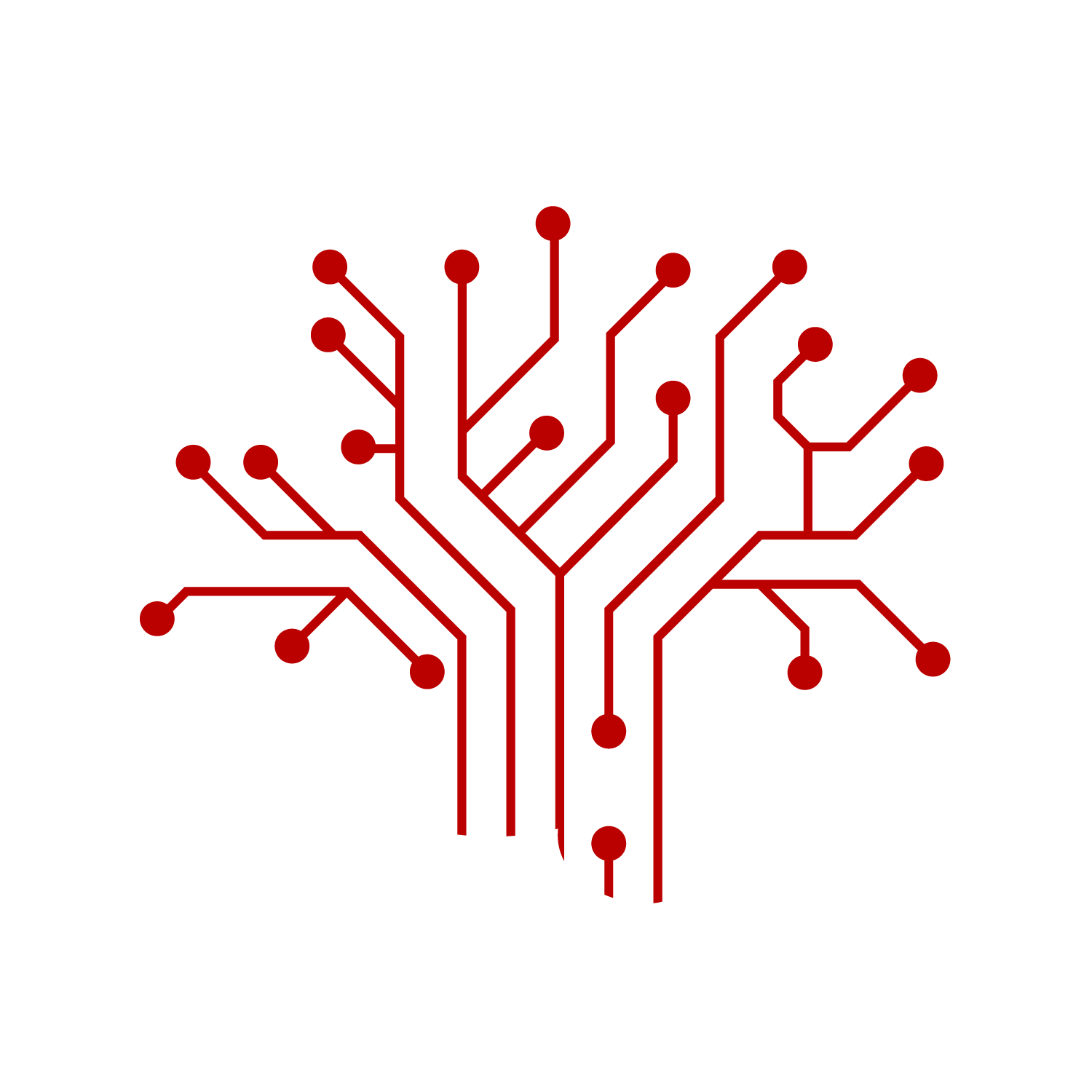New Technique Helps Researchers Predict Motor Dysfunction
New Technique Helps Researchers Predict Motor Dysfunction
By Caroline Sheedy
Research from the lab of Aryn Gittis, associate professor of biological sciences and Neuroscience Institute member, found a new way to predict problems related to Parkinson’s disease. In a new paper published in the Journal of Neurophysiology, Gittis and her team showed that delta oscillations, a type of brain wave, are excellent indicators of dopamine loss, which leads to motor dysfunction.
The researchers developed a new technique to detect spike oscillations and found that they are better at predicting the severity of motor dysfunction than any other physiological metric. This work represents how collaborations across the boundaries of mathematics and neuroscience can advance our understanding of how patterns of neural activity change in disease.
Gittis and her team hope to eventually develop interventions that could help Parkinson’s disease patients.
“We hope this work will spark a renewed interest in delta oscillations in Parkinson's disease that could be monitored in patients for therapeutic or diagnostic purposes,” she said.
The lead author on the paper was Timothy Whalen, a joint Ph.D. student in the Gittis lab (CMU) and Rubin lab at the University of Pittsburgh (Pitt). Other co-authors on the study were Amanda M. Willard, a former lab member, and Jonathan E. Rubin from the Pitt department of mathematics.
This work was supported by NSF awards DMS 1516288 811 (AHG, JER), 1724240 (JER), and NIH awards R01NS101016, R01NS104835, and 812 R21NS095103 (AHG), and F31NS101821 (TCW).

